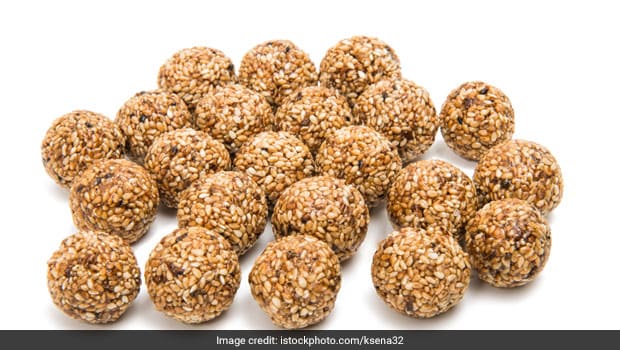Each week, we answer frequently asked questions about life during the coronavirus crisis. If you have a question you'd like us to consider for a future post, email us at goatsandsoda@npr.org with the subject line: "Weekly Coronavirus Questions."
When I get in my car, I always use a squirt of hand sanitizer for my hands. With the tips of my forefinger and thumb, I then rub some of the sanitizer just inside my nostrils. Does this have any helpful or detrimental effect?
Wait, what? Well, good for you for remembering the hand sanitizer for your hands. The Centers for Disease Control and Prevention says keeping your hands clean is always important to reduce infection but especially so now to help prevent the spread of COVID-19.
But ... not in your nose, says Leana Wen, an emergency physician and public health professor at George Washington University who previously was Baltimore's health commissioner. "Putting hand sanitizer on your nostrils isn't a barrier to breathing in the virus."
If your hands come in contact with the virus — say by touching a steering wheel that someone with COVID-19 sneezed on, "then using hand sanitizer can kill the virus from your hands and keep it from entering your body if you touch the mucus membranes in your nose, eyes or mouth," Wen says. "But hand sanitizer on, or in, your nose, won't keep you from inhaling in virus particles which can attach to mucus membranes deep inside your nose and throat. "
Your best bet is the whole combination of protective measures: frequent washing or hand sanitizing your hands, especially if you come in contact with an item or surface that someone else might have touched, physical distancing and wearing a mask.
With so many people using hand sanitizer, some popular brands can be hard to find. But don't just settle for any brand: The Food and Drug Administration has found that some hand sanitizers contain hazardous ingredients such as methanol or wood alcohol, which "can be toxic when absorbed through the skin or ingested and can be life-threatening when ingested." Check this FDA website to see if the brand you have or are planning to buy is on its list of hand sanitizers to avoid.
And as long as we're talking about hand sanitizer, here are some refresher tips you might have forgotten since the beginning of the pandemic, courtesy of the CDC and University of Pennsylvania:
- Use an alcohol-based hand sanitizer that contains at least 60% alcohol, a recommended percentage for wiping out viral particles.
- Squeeze out enough sanitizer to cover all surfaces on your hands.
- After applying sanitizer, rub your hands together until they feel dry — about 20 seconds.
- Don't rinse or wipe off the hand sanitizer before it's dry or it may not work well against germs.
- Hand sanitizer does have a shelf life, so get a new bottle when this one reaches its expiration date.
- Consider storing that sanitizer in the purse or any carrying case you typically bring with you when you get in the car. Sanitizer can evaporate from heat if left in the car, and you may find yourself with none to use when you need it.
We want to plan a birthday party for 13 people. We are all committed to wearing masks and social distancing. Would it help to spray Lysol in the rooms every 30 to 60 minutes to help with disinfecting the air?
The only time we wouldn't have on a mask is to eat.
We hate to be a literal party pooper, but, in a word, no, says Steve Bennett, senior vice president of scientific and regulatory affairs at the Household & Commercial Products Association, the trade association for cleaning products such as Lysol.
"A disinfectant spray is actually designed for surface use, so spraying it in the air will not be effective in protecting indoor guests from COVID-19," Bennett says. He adds that there are no sprayable household products currently registered with the Environmental Protection Agency that can be used to disinfect the air. (And as we reported in an earlier FAQ: "Portable air cleaners can limit the spread of the virus via long-range airborne particles by capturing most of those particles in a HEPA filter and cleaning the air at a rate of up to six times per hour.")
It would be nice to think we could spray away the virus, but the problem with disinfecting spray is that "it only lasts in the air for a few seconds and then falls to the ground, or evaporates, ending any protection," says James Malley, a professor of civil and environmental engineering at the University of New Hampshire in Durham. So even if you sprayed the air with disinfectant, it wouldn't linger long enough to be effective in the next moment if anyone who's contagious (and not showing symptoms) has resumed talking or breathing in the indoor space.
Like Bennett, Malley says disinfectant sprays are really meant for cleaning surfaces such as kitchen countertops or doorknobs — though he prefers disinfecting wipes. With wipes, you can be sure you've disinfected the entire surface because "you can visually see what has gotten wet and what hasn't," he says. With spray disinfectant, it can be harder to distribute the product across a surface and harder to tell where you've already sprayed. If you do choose to use wipes, Malley has a tip: To ensure a surface is fully disinfected, wait for the surface to dry before touching it.
To learn more about how COVID-19 spreads through the air and how to protect yourself, watch this video from NPR correspondent Pien Huang.



